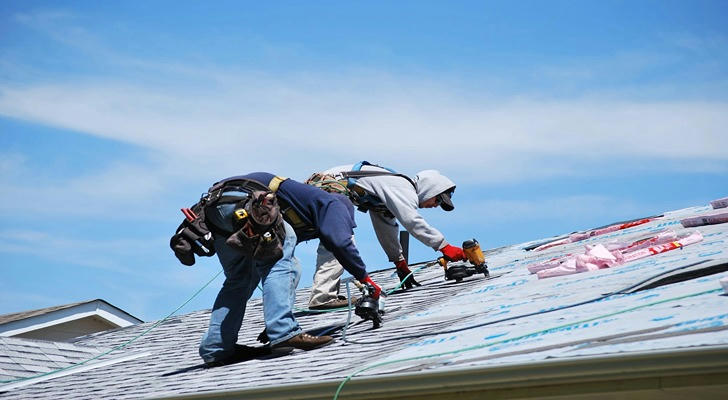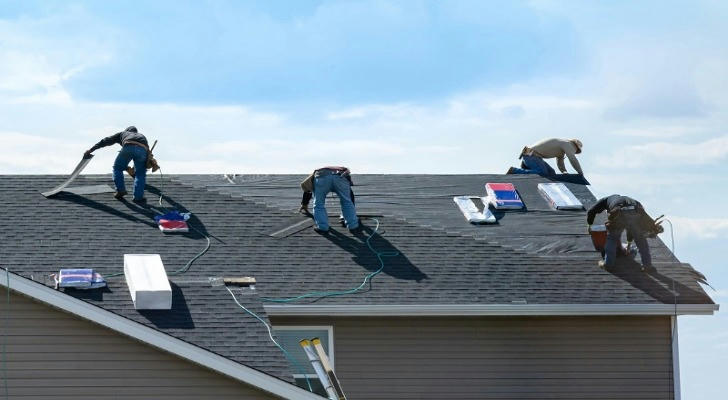Build Your Future with Skills: Wall Panel Installer Training Program
Wallboard installers play a crucial role in the construction industry. They are responsible for installing drywall panels to create interior walls and ceilings in residential and commercial buildings. As the construction industry continues to grow, the demand for skilled wallboard installers is also on the rise.

This article explores the responsibilities of wallboard installers, industry demand, training requirements, and career advancement opportunities.
What Do Wallboard Installers Do?
Wallboard installers work with drywall panels, tools, and various construction materials. Their key responsibilities include:
- Drywall Installation: Installers cut and fit drywall panels to fit specific areas of a building. They use tools such as saws, levels, and tape measures to ensure precise installation.
- Taping and Mudding: After the panels are installed, they apply joint compound to the seams and corners, and then tape over them to create a smooth surface.
- Sanding and Finishing: Once the joint compound dries, installers sand the surface to achieve a smooth finish, ready for painting or other finishes.
- Reading Blueprints and Technical Manuals: Wallboard installers interpret construction plans and blueprints to understand where and how to install the drywall.
- Safety Compliance: They follow industry safety regulations to prevent workplace accidents and ensure that their work meets OSHA (Occupational Safety and Health Administration) standards.
The Growing Demand for Wallboard Installers
The demand for wallboard installers is rising as the construction industry continues to expand. According to the U.S. Bureau of Labor Statistics (BLS), employment for construction laborers, including wallboard installers, is expected to grow by 5% from 2022 to 2032, adding thousands of new jobs.
Industries That Rely on Wallboard Installers
Residential Construction: The residential construction market is a major employer of wallboard installers. As new homes are built and existing ones are renovated, the need for skilled installers increases.
Commercial Construction: Office buildings, hotels, and other commercial structures also require wallboard installation. The commercial construction industry provides a steady demand for these professionals.
Renovation and Remodeling: With the growing trend of home and commercial renovations, wallboard installers are in high demand to update and improve existing spaces.

How to Become a Wallboard Installer
1. Complete Technical Training or Vocational Education
Many wallboard installers start by attending a vocational school or technical college. These programs teach the fundamentals of construction, drywall installation techniques, and hands-on skills. Some programs may also include courses on blueprint reading and safety regulations.
2. Gain Hands-On Experience Through Apprenticeships
Apprenticeships are a valuable way to gain real-world experience. Many wallboard installers enter apprenticeship programs, working under experienced professionals while earning a salary. Apprenticeships typically last two to four years and provide practical experience in installing and finishing drywall.
3. Obtain OSHA Certification
OSHA certification is essential for wallboard installers. Completing an OSHA certification course ensures that installers are knowledgeable about workplace safety regulations. This certification not only enhances job prospects but also ensures that workers can perform their duties safely and efficiently.
4. Develop Specialized Skills for Career Advancement
Wallboard installers with specialized skills, such as working with eco-friendly materials or advanced finishing techniques, often earn higher wages and have more job opportunities. Many continue their education by attending advanced training courses.
Summary
Wallboard installers are vital to the construction industry, ensuring that buildings have well-constructed interior walls and ceilings. With growing demand, stable job opportunities, and career advancement potential, this profession is an excellent choice for those who enjoy hands-on work. By obtaining proper training, OSHA certification, and practical experience, individuals can build a rewarding and future-proof career in wallboard installation.
